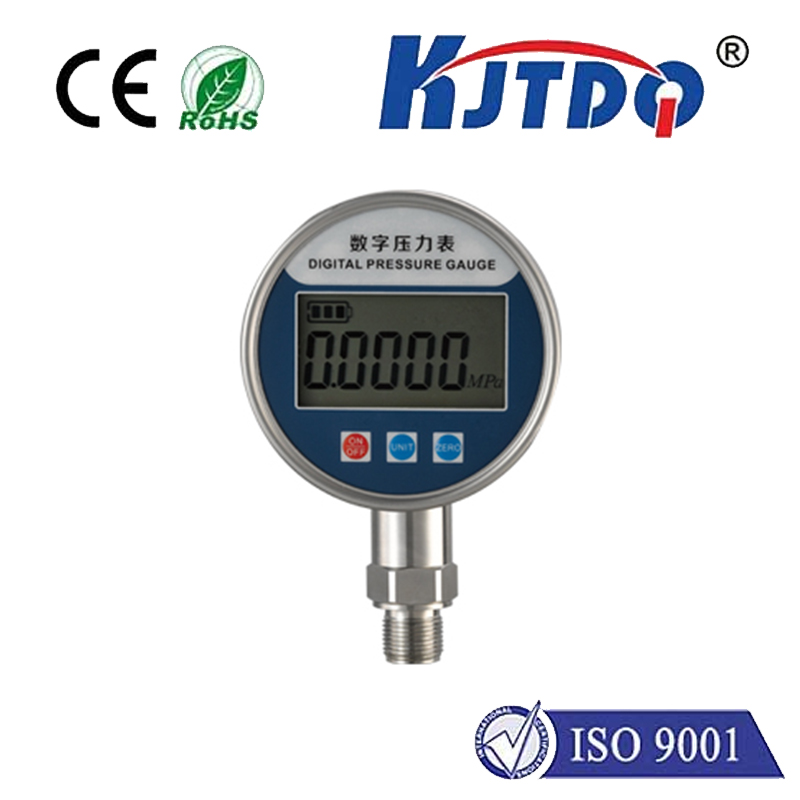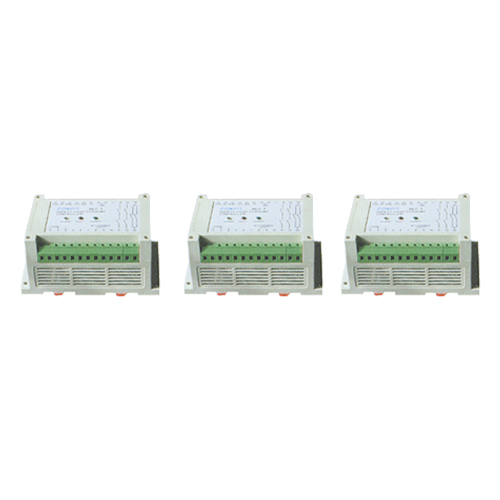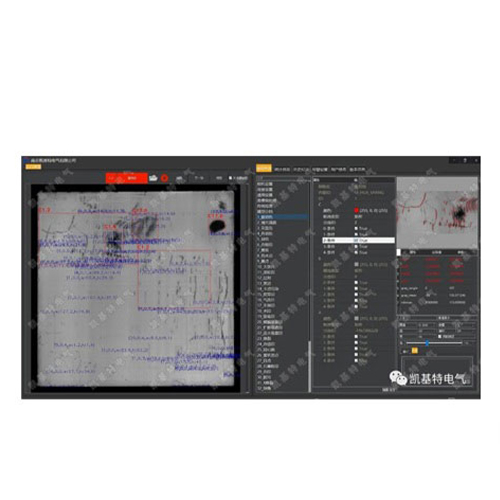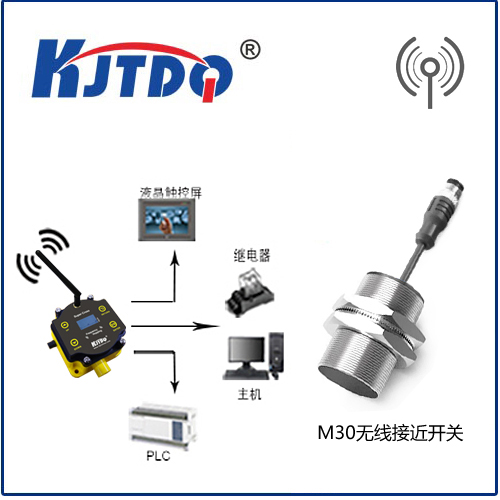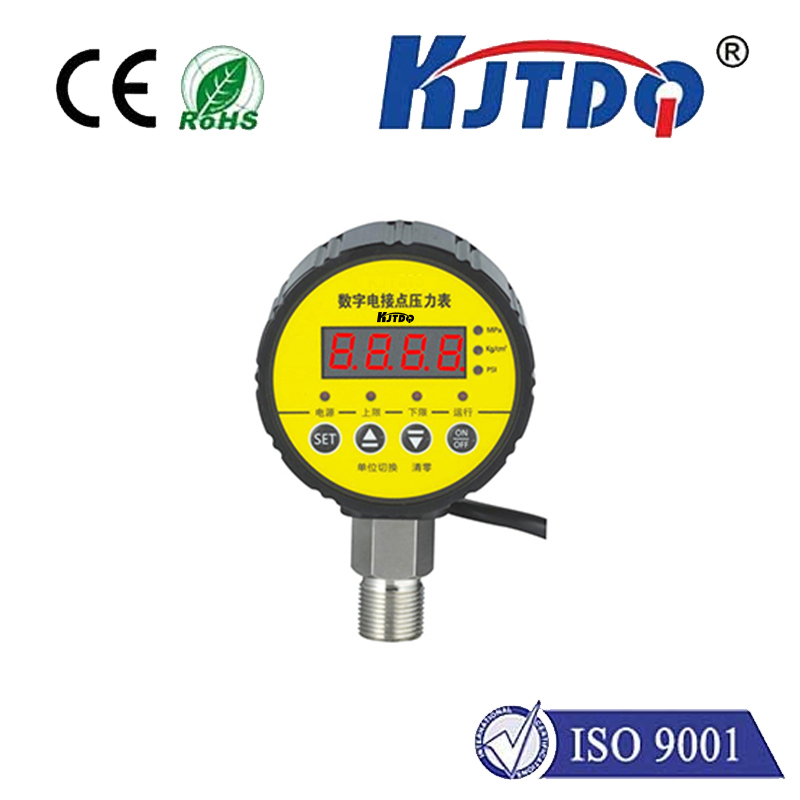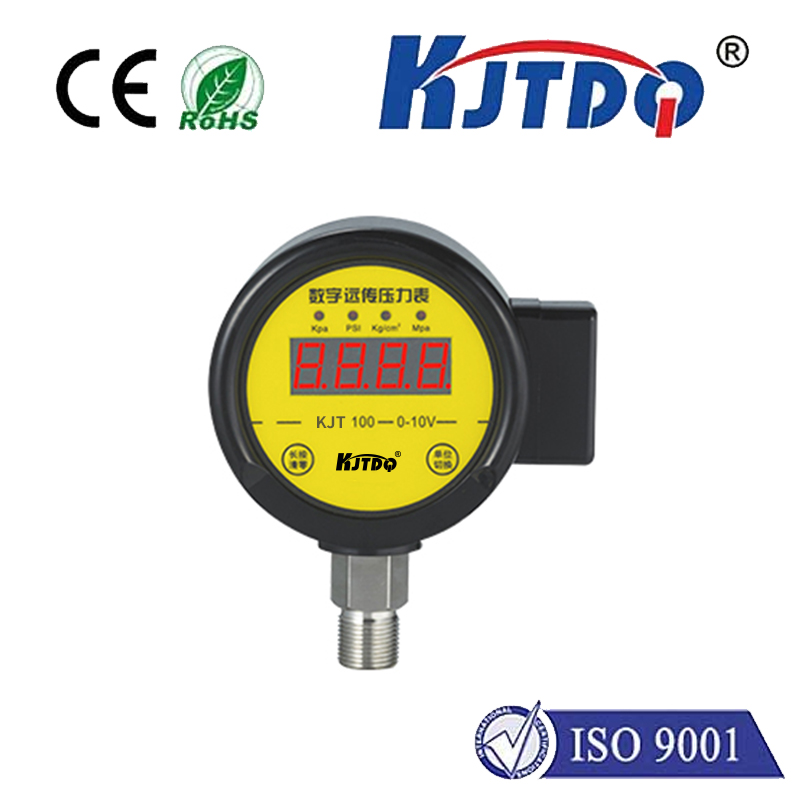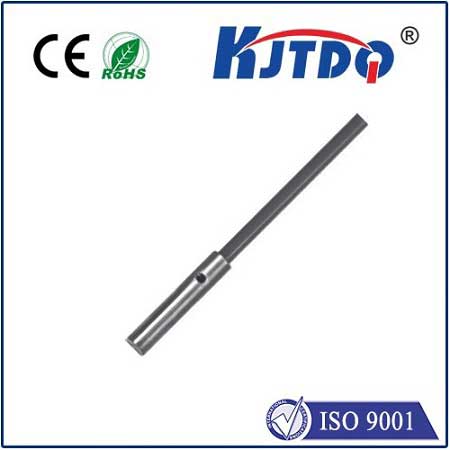
Проверка

Проверка

Проверка

Проверка

Проверка

Проверка
In the realm of automation and smart devices, proximity sensors play a crucial role in detecting objects or surfaces without physical contact. One particular configuration that stands out for its simplicity and efficiency is the 2-wire proximity sensor. This article delves into the working principles, applications, and benefits of this innovative technology.
A 2-wire proximity sensor typically operates on the principle of electromagnetic induction or capacitive coupling, although other technologies like ultrasonic can also be adapted to a 2-wire configuration. Here, we’ll focus on the most common types: Inductive and Capacitive sensors.
Inductive Proximity Sensors: These sensors work by generating an oscillating electromagnetic field that induces a current in a nearby metal object. The presence of the metal alters the oscillation frequency or amplitude, which is then detected by the sensor circuitry. In a 2-wire setup, one wire serves as the power supply (VCC), while the other functions as both data and ground return. By modulating the current flowing through the sensor coil, these changes are communicated back to the control system.
Capacitive Proximity Sensors: Capacitive sensors detect changes in the electrical field caused by the presence of a dielectric material (like a human body or plastic object) near the sensor. In a 2-wire design, the power and signal share the same lines. When an object approaches, it alters the capacitance between the sensor’s electrodes. This change in capacitance modulates the current flow, allowing the control unit to interpret the object’s proximity.
The versatility of 2-wire proximity sensors makes them suitable for a wide range of applications across various industries:

Промышленная автоматизация: In manufacturing lines, they monitor conveyor belts for product presence, control robotic arms for precise picking and placement, and ensure safe operation around machinery.
Smart Home Devices: From automatic lighting control to touchless faucets and toilets, these sensors enhance convenience and hygiene in residential settings.
Access Control Systems: They detect the presence of individuals approaching doorways or gates, enabling automated opening and closing mechanisms in security systems.
Автомобильная промышленность: Used in parking assistance systems to detect obstacles while reversing and in seat occupancy sensors for airbag deployment.
The adoption of 2-wire proximity sensors offers several key advantages:
Simplified Installation: With only two wires required for power and signal transmission, installation becomes quicker and less complex compared to multi-wired alternatives.
Эффективность затрат: Reduction in wiring materials and labor costs contribute to overall cost savings, making these sensors economically viable for large-scale implementations.
Легко интегрируется: Many 2-wire sensors feature standard interfaces like PWM or digital outputs, facilitating seamless integration with microcontrollers and IoT platforms.
Многогранный.: Capable of functioning across different environments—from extreme temperatures to high humidity—making them adaptable to diverse industrial needs. In conclusion, the 2-wire proximity sensor represents a significant advancement in sensing technology, offering simplicity, flexibility, and cost-effectiveness without compromising performance. Its widespread adoption across industries underscores its potential to revolutionize how we interact with machines and environments, paving the way for smarter, safer, and more efficient systems. As technology continues to evolve, we can expect even more sophisticated iterations of these sensors, further expanding their reach and capabilities.
